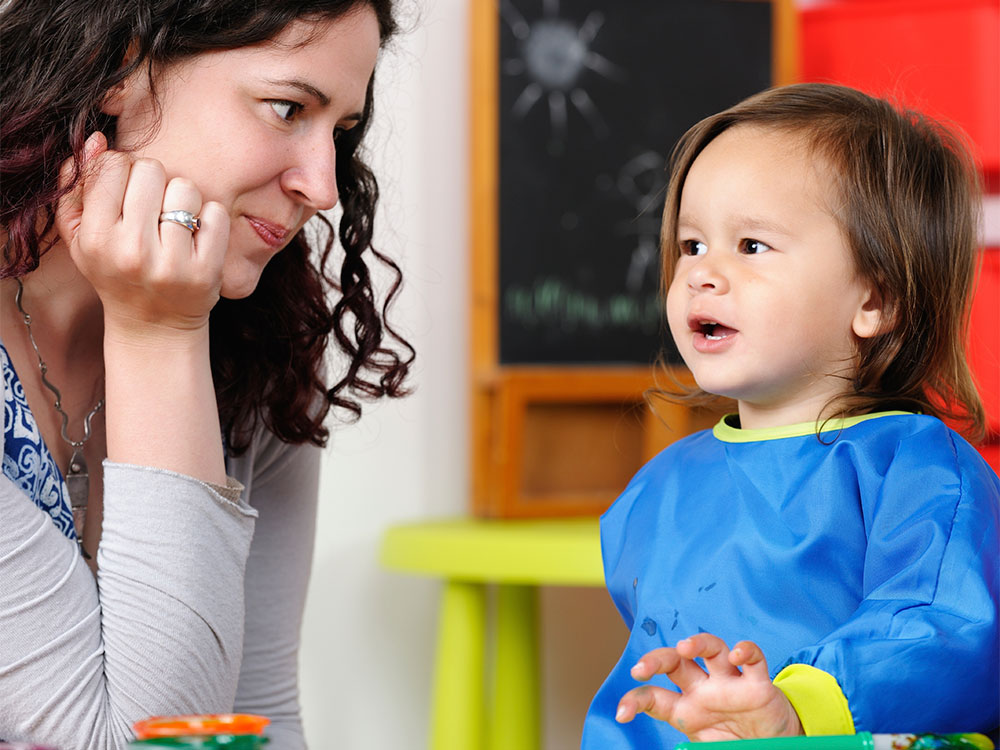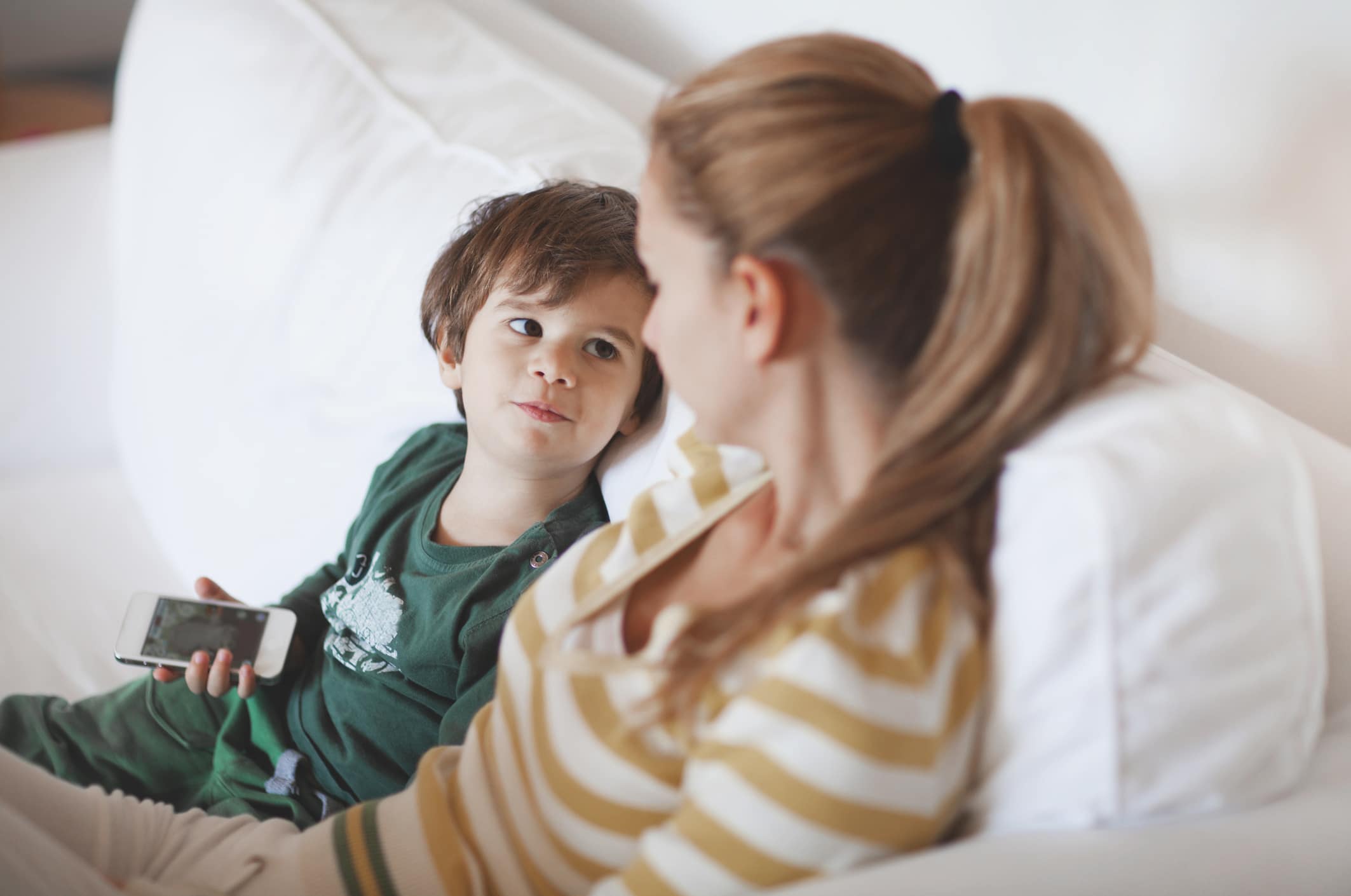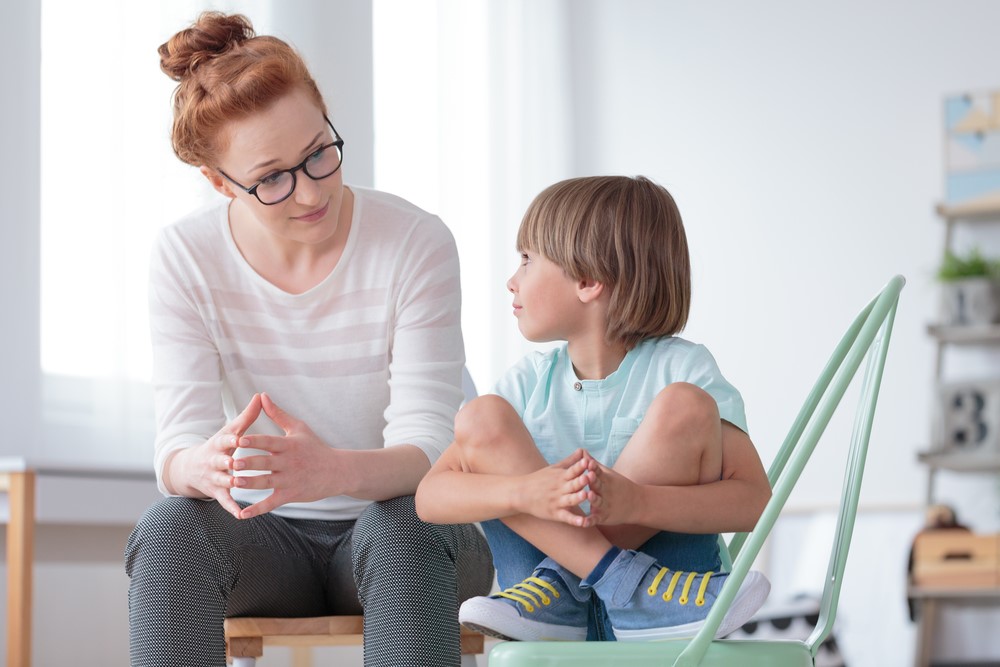Greater transparency is critical because, while 21st-century children are incredibly verbal, they are also extremely private.
Children don’t always talk about what actually hurts them, or about their peers, pop culture, or the Internet. Knowing specifics about preschool through high school dramas, anxieties, or worries makes a significant difference in being an authoritative parent who can guide children through an increasingly difficult academic and social environment.
After all, knowledge is power, and understanding how to naturally communicate with your child helps them feel like you care.

Talk during the in-betweens
When was the last time you had a meaningful chat with your child?
We all know the answers: walking or driving to school, baking together, taking baths together, and, of course, going to bed. Because the parent and child aren’t staring at each other during these times and activities, tongues tend to loosen. We are, in reality, in a parallel position. Most of us believe that talking is supposed to be about deeply connecting with others, but children really open up in the midst of doing other things, in what we call “life’s in-betweens.”

Develop talking rituals
Examine your child’s communication style.
You’ve probably heard of learning or attentional styles, but our children’s conversational styles are hard-wired and don’t change much. One of your children might be a chatty morning talker. Before the bus arrives, another is hardly human, but it’s the no-holds-barred conversation after school. One of your children enjoys a lot of back-and-forths, while another requires a slower pace and a third cannot stand inquiries.
The key to openness is to respect natural times and ways of speaking rather than changing what cannot be changed. Construct what we refer to as “talking rituals” around them: It may only take 15 minutes of traveling together or some evening relaxation side-by-side to form that bond.

Be a person
Respond with genuine emotion to your child.
Don’t overreact, but don’t pretend to be a therapist either. When children are very young, sad, unwell, or terrified, nodding their heads, naming feelings, and reflecting back are tremendously beneficial.
However, for the day-to-day tracking, we need to keep up with their life, it’s far preferable to answer as if you’re a real person. Genuine responses, after all, make you want to share more.
/142019787-56a2dca85f9b58b7d0cf4f1d.jpg)
It's all in the details
Pay attention to the superficial.
The inconsequential is where children dwell; when we delve into deeper feelings, they flee. So committing to the superficial, and the trivial will, more often than not, lead to what’s actually going on.

Give advice
It’s hard to believe, but even in the twenty-first century, our clever children of all ages still demand direction.
After you’ve finished the narrative and replied, talk about how your child might approach the issue differently next time. Inquire about her thoughts, and don’t be afraid to share your own.
Try not to lecture, and be aware of the subtle signs that you’ve gone on too long. Keep it short and to the point, and rely on your life experience to guide you.

Even if you only implement one of these tips, you will notice a difference!
You’ve probably already picked up on a few of the five keys to effective communication, and they’ll work with nearly every child.

